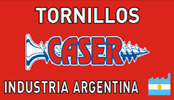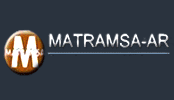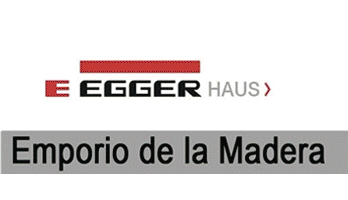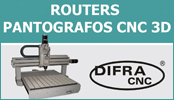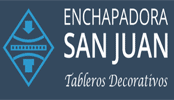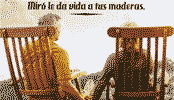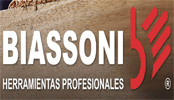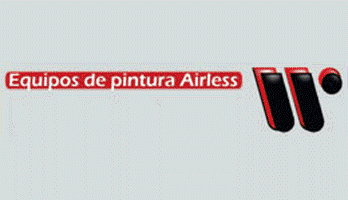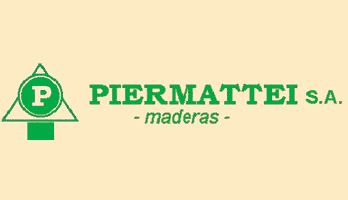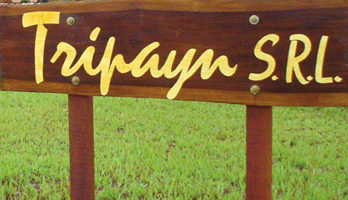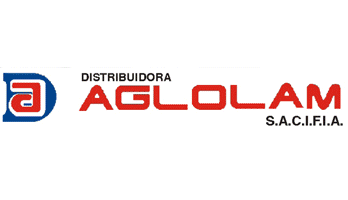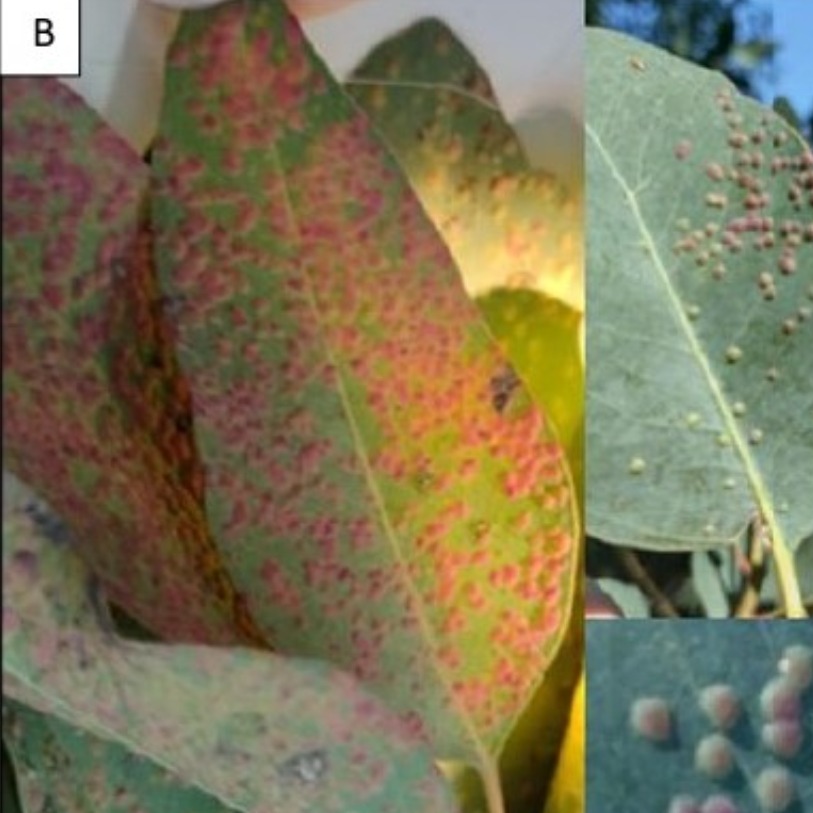
Forest pests | Study undoneing damage to the stubstant of the leaves of the eucalyptus and their associated parasitoids
Rocío Buyatti, Carmen M. Hernández, Lucas Candás and Silvia López of the National Institute of Agricultural Technology (INTA), Center for Research in Veterinary and Agronomic Sciences (Cicvya), Institute of Microbiology and Agricultural Zoology (IMYZA) of Hurlingham, Province of Good AIRES, share the results of studies that carry out for the identification and management of the pest. There are numerous species of insects, associated with eucalyptus, which are originally from Australia, and that invaded the rest of the world transforming into important pests. Among them are defoliators and stirring insects
In this article we will focus on the species of the genus Ophelimus inducing guts in eucalyptus. But what are the guts? They are anomalous structures that are developed in the tissues or organs of plants in response to the presence of certain inducing insects. Morphological and physiological both in plant tissues. Inducting insects find in the guts shelter and food. , parasitoid (which parasitate and develop at the expense of other insects) and hyperparasitoids (which parasitate the parasitoids). Actually, the group of ecology and biological control of pests of the imyza (INTA Castelar) is studying the wasps of the genus Ophelimus that They induce guts on the leaves of eucalyptus. In Argentina, at least two species of this genus have been identified. Studies are being carried out to evaluate aspects of the biology and ecology of these pest species, relevant for identification and management. The species Ophelimus maskelli is one of the most studied worldwide. In intense attacks, eucalyptus leaves are densely covered with guts and trees can have serious levels of discarding and premature fall of leaves. In 2013, the presence of O. Maskelli was reported together with its biocontroller, the closterocerus chamaeleon parasitoid in Eucalyptus camaldulensis. It has not yet been identified at the specific level, so we call it OPHELIMUS SP.I 1 mm). Likewise, the guts produced by both species differ in their external morphology which allows them to be recognized in the field. Airs, with the aim of identifying the species of the genus Ophelimus, their biocontrollers and determining their abundances.These activities are framed in a doctoral scholarship granted by CONICET to Ms. Rocío Buyatti, under the direction of Dr. Silvia López and co -direction of Dr. Carmen Hernández.
IT MAY INTEREST YOU
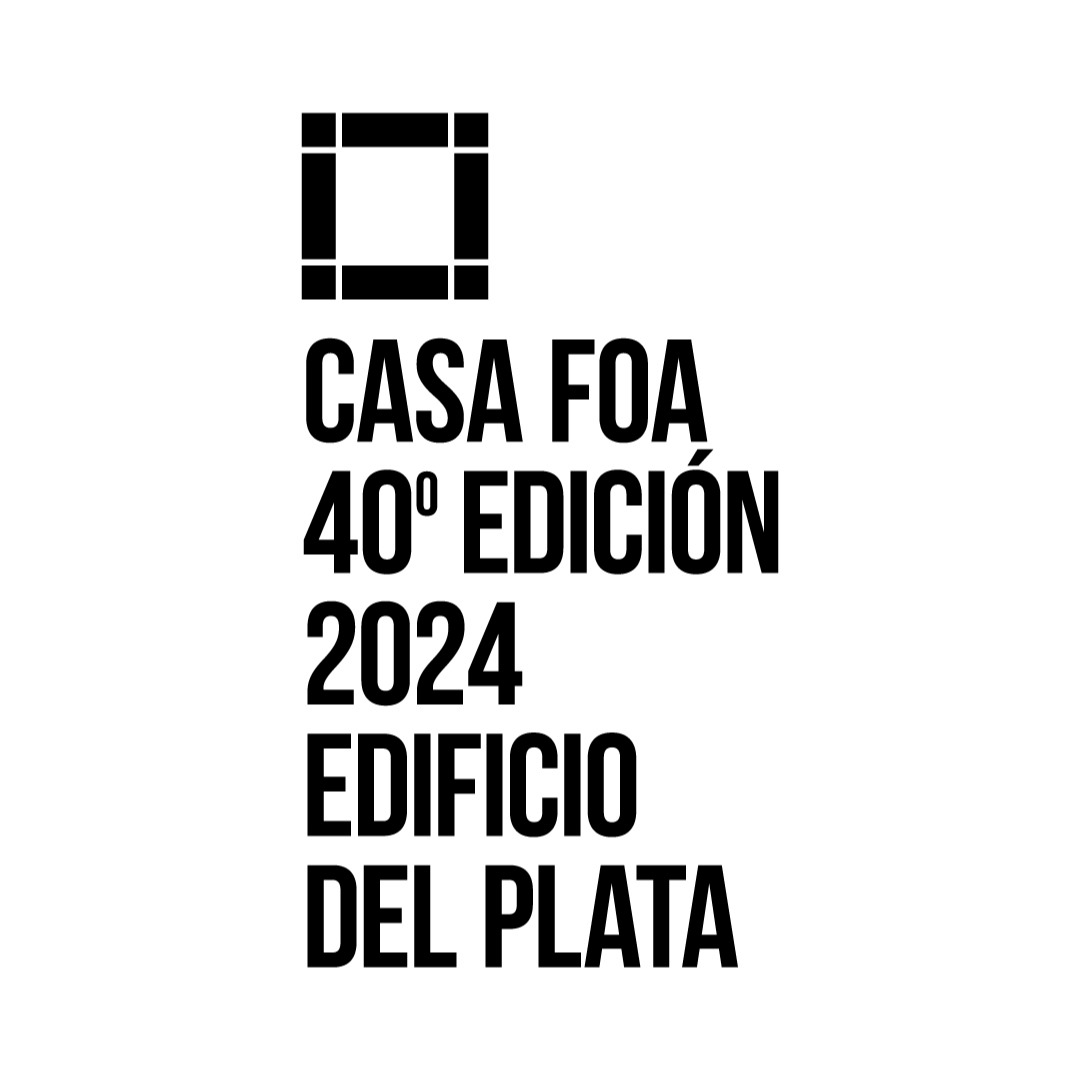 Foa Casa celebrates its 40 editions
Foa Casa celebrates its 40 editions
Well Aires, October 2024.- Casa Foa, the exhibition of architecture, design, landscaping and industry reference throughout the region, confirmed its next 2024 edition, which will take place in the iconic building of the Plata (former market of silver), located In Carlos Pellegrini to 200 in front of the Obelisk, from October 30 to December 1, 2024. The 40th edition of Casa Foa will be held under the concept Inside The Box, understanding the building as the box that summons us, the Proposal is an invitation to be where everything happens. Where? In the Plata building. A milestone, a story, an icon. This year is very special because 4 decades are celebrated since the beginning of this cultural and artistic project that revalues ??emblematic buildings of the national heritage and summons the best architects and design professionals.
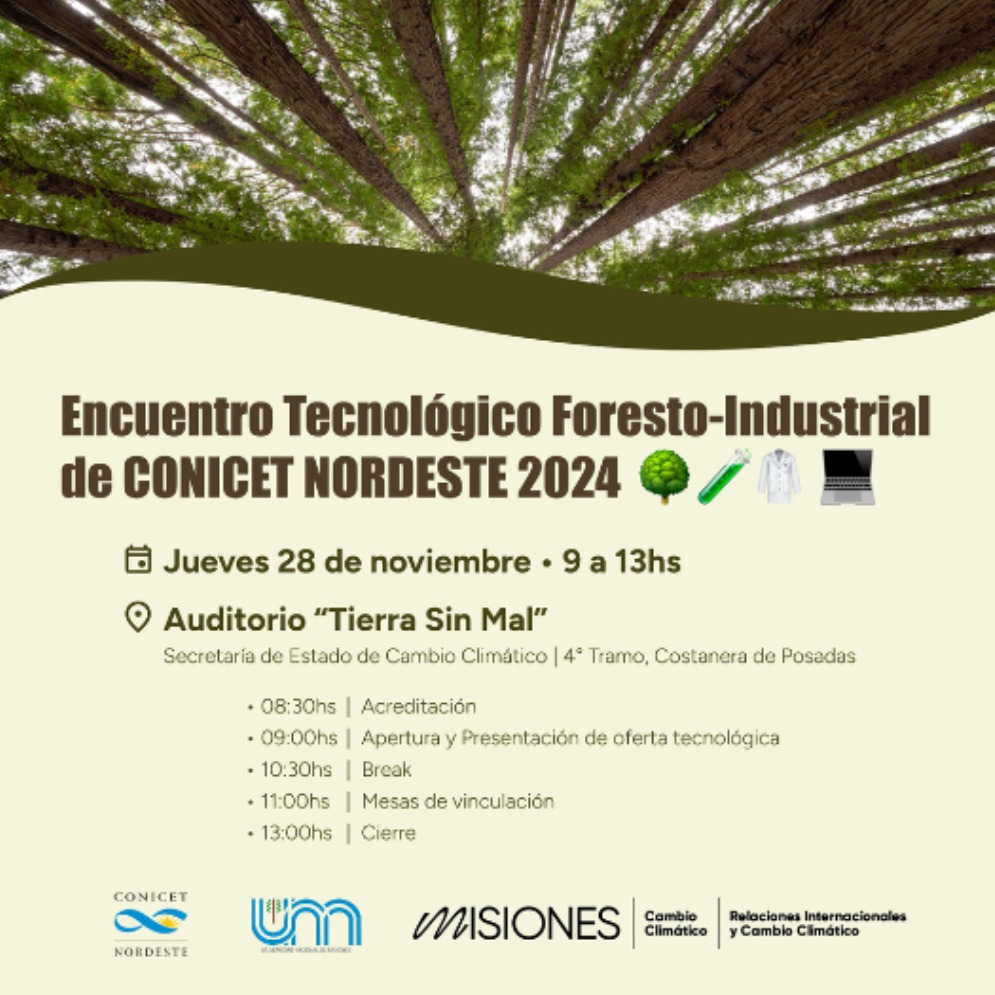 Misiones | CONICET Northeast summons companies to participate in the Forest-Industrial Technological Meeting 2024
Misiones | CONICET Northeast summons companies to participate in the Forest-Industrial Technological Meeting 2024
On November 28, the city of Posadas will be the scenario of the Forest-Industrial Technological Meeting 2024 for companies in the region, an event organized by CONICET Northeast that aims to strengthen the relationship between science and companies in the sector of production and wood industry. The day will take place from 9 a.m. to 1 p.m. at the Earth Auditorium without evil, in the Secretariat of Climate Change State.
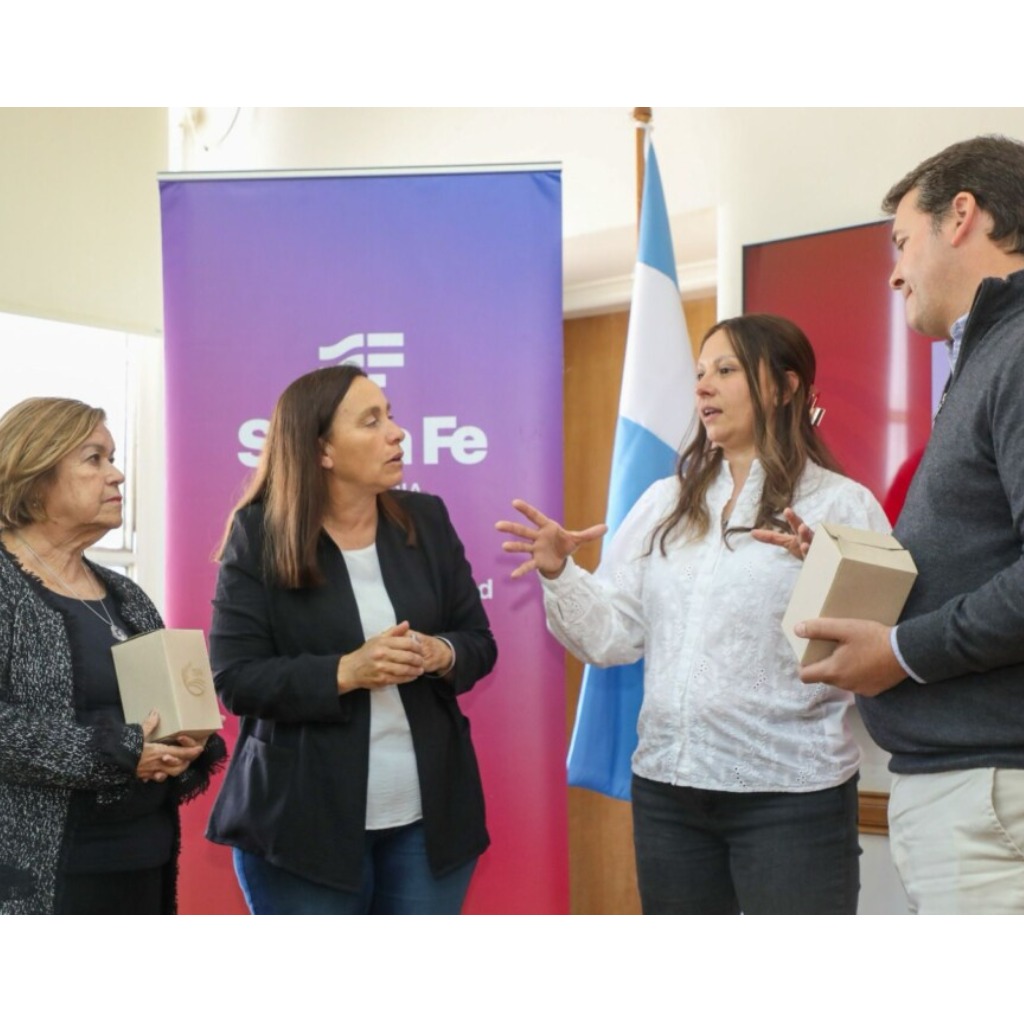 Rural women | Santa Fe will host the 1st International Forum for Gender and Rurality and the 3rd edition of the LIA Encalada Awards
Rural women | Santa Fe will host the 1st International Forum for Gender and Rurality and the 3rd edition of the LIA Encalada Awards
Next Saturday, October 26, rural women from all over the country will meet within the frame The field and promoting rural development. It is organized by the Civil Association Women of Argentine Rurality.
